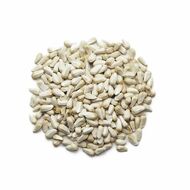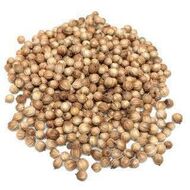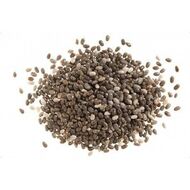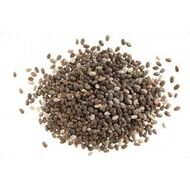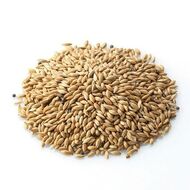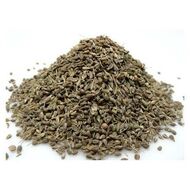Sunflower is the popular annual species Helianthus annuus, whose round flower heads in combination with the ligules look like the sun. It is member of the "family" called Helianthus, which comprises about 70 species of annual and perennial flowering plants in the daisy family Asteraceae.
Sunflowers were first discovered in what we know now as Mexico and some places in the South of USA. Domestic sunflower seeds have been found in Mexico, dating to 2100 BCE. In the 16th century the first crop breeds were brought from America to Europe by explorers, where they began to be used with industrial purposes.
Direct uses and industrial applications
The common sunflower is valuable from an economic as well as from an ornamental point of view. While the flowers yield are a yellow dye, the seeds contain oil which is also used alongside with olive or almond oil used for food. The oil is also used in soap and paints and as a lubricant. The seeds may be eaten dried, roasted, or ground into nut butter and are common in birdseed mixes.
When they were introduced to Europe in the early 16th century, they made their way to Russia. In Russia, where oil-seed cultivators were located, these flowers were developed and grown on an industrial scale. Russia then reintroduced this oil-seed cultivation process to North America in the mid-20th century; North America began their commercial era of sunflower production and breeding. Therefore new breeds of the Helianthus species began to become more prominent in new geographical areas.
Market overview and production
Sunflowers are heliotropic, which means that they turn their flowers to follow the movement of the Sun across the sky east to west, and then returns at night to face the east, ready again for the morning sun.
Sunflowers grow best in locations with direct sunlight (6 to 8 hours per day); they require long, hot summers to flower well. They need a well-drained and nutritious soil, as they are heavy feeders.
In Argentina, sunflowers fields are distributed in the territory of nine provinces: Buenos Aires, Chaco, Santa Fe and La Pampa have more than 90% of the area implanted in the whole country.
Frequently asked questions
Why are they called sunflower? Sunflowers get their common name because the flower heads turn toward the path of the sun each day.
What does sunflower symbolize? In many different cultures, they are a symbol to positivity, strength , admiration, loyalty , good luck and ever-lasting happiness.
When to plant sunflower seeds? In most regions, this will fall between April and mid-July. In southern hemisphere, this will probably occur in mid-March or early April.
Where do sunflower seeds come from? They come from what we know now as México.
How it is said sunflower in different languages? Girasol in Spanish, Tournesol in French, Girasole in Italian, Girassol in Portuguese, Sonnenblume in German, among others.
How long does it take for sunflower to flourish? These flowers are annuals, meaning they complete their growth cycle in one year. They are fast-growing plants and typically will reach their flowering maturity around 80 to 120 days after the seeds germinate.
Can I eat raw sunflower seeds? Yes, they can be eaten raw as well as roasted.
Which other seeds are related to sunflower? Sesame seeds, pumpkin seeds, amaranth seeds, poppy seeds, chia seeds, among others.
How long can sunflower seeds be stored? Raw seeds have a shelf life of 2 to 3 months, while roasted seeds last a little longer up to 4 or 5 months. When freezed, they can be saved for 12 months.
Where can I purchase sunflower seeds in bulk? You can purchase at Directoro direct from producers.
Related products and ideas
Make your own seeds mix. You need: 100 g sunflower seeds, 100 g black sesame seeds, 100 g white sesame seeds, 100 g pumpkin seeds, 1 tbsp of oil of your choice and a pinch of salt and some spices (for instance cumin, pepper, garlic powder)
Heat a pan in a low temperature, put the oil, let it take a higher temperature. Then mix all the seeds, spices and salt in the pan until they are all roasted. Let it cool and store the mix in a dry jar. This mix can be sprinkled on top of salads, as well as in homemade bread or hamburgers. Enjoy!
Aucun avis trouvé
Complete your purchase on Pampa Global
We’ve simplified the checkout process! Orders are now completed through Pampa Global, our new platform that offers:
- Fast and secure checkout
- Extensive international catalog
- Competitive wholesale pricing


